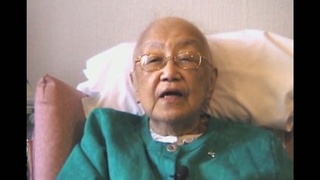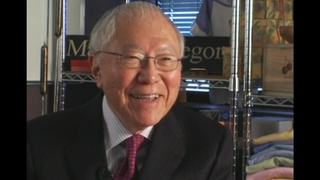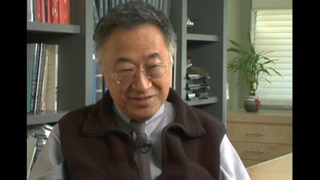Interviews
Postcards to Nisei soldiers
I had only five kids at first in the class, and coincidentally, everyone had a brother who’s in service, and I had a brother, you know, who just went in. So, one of the girls said, “Let’s write to our Nisei servicemen.” And, everybody said, “Oh, that would be fun.” And so, each one, the next Sunday, brought their brother’s address, and we started writing, and then we said, “Let’s see how many addresses we could get of Nisei soldiers.” And, it was surprising.
Our list was growing so fast. And then we bought penny post…postcards for a penny—we didn’t have to get a stamp to post, the stamp was on there. And so then, we had all the kids draw pictures and write that we are thinking of our Nisei soldiers.
Date: June 16, 2003
Location: California, US
Interviewer: Karen Ishizuka, Akira Boch
Contributed by: Watase Media Arts Center, Japanese American National Museum.










